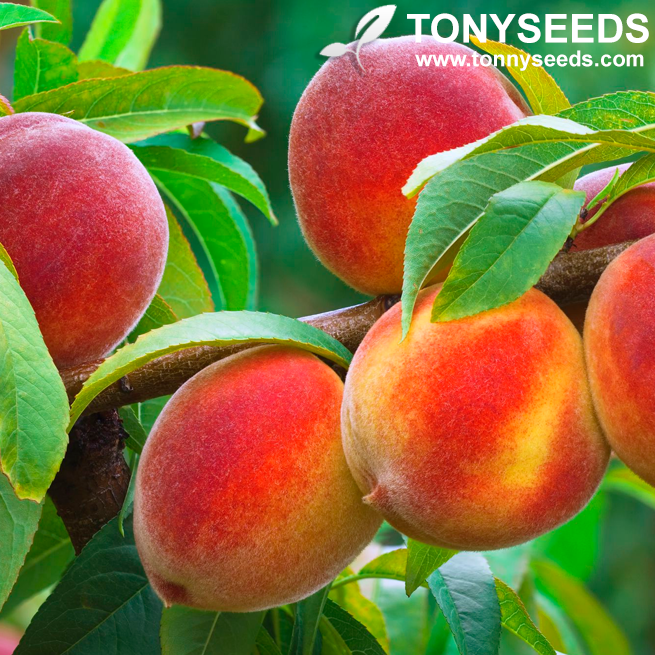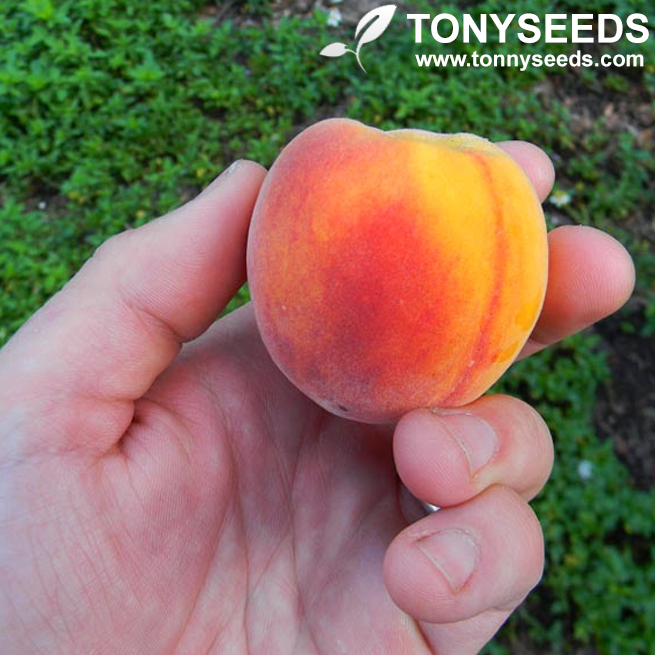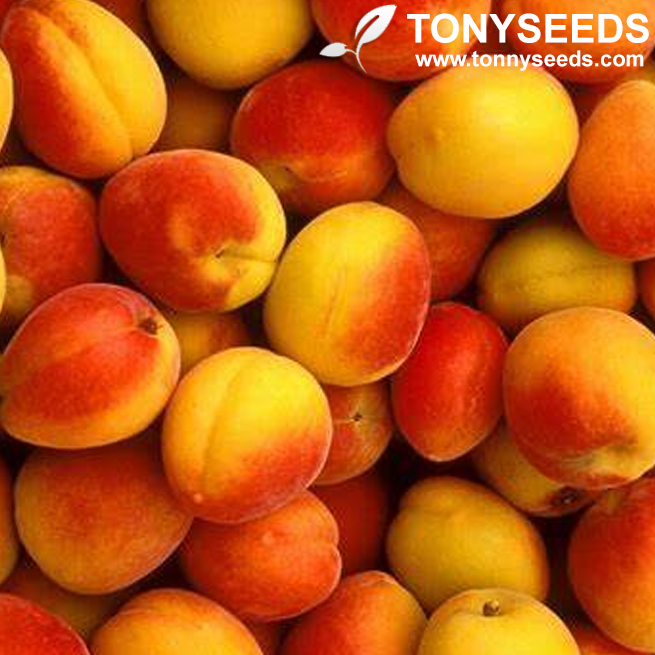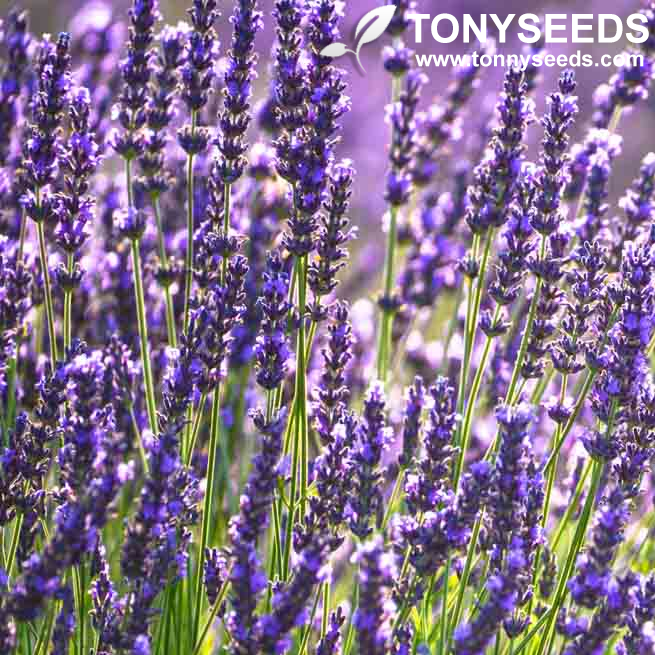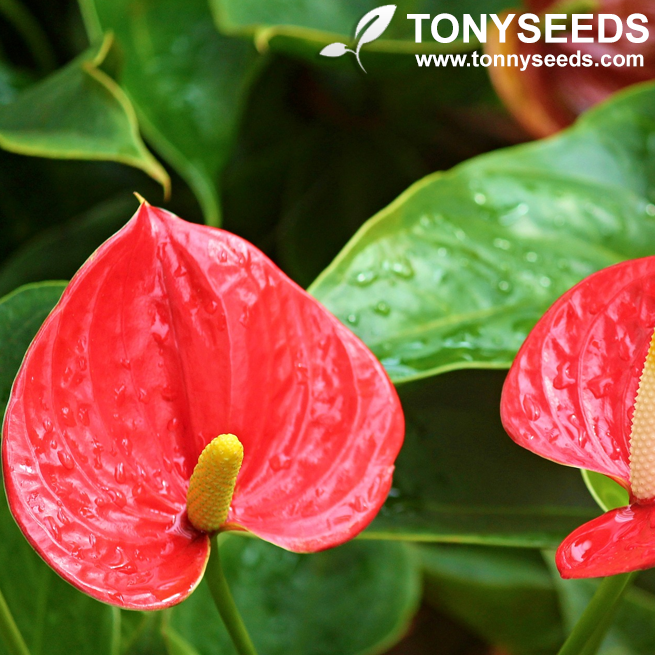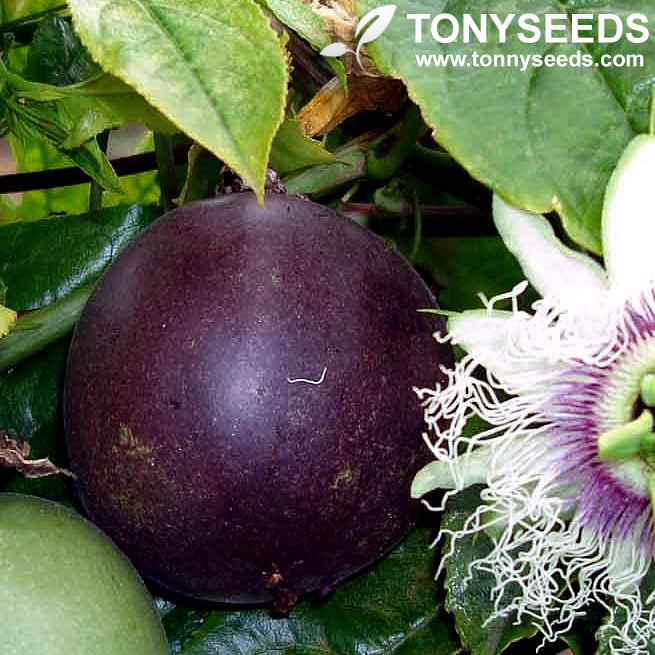Description
Peach Tree Seeds Sweet Peaches Peach Heirloom Organic
For This Seeds— Original Package, 4 Seeds Of Each Pack
Cultivation
Peaches grow very well in a fairly limited range, since they have a chilling requirement that low altitude tropical areas cannot satisfy. In tropical and equatorial latitudes, such as Ecuador, Colombia, Ethiopia, India and Nepal, they grow at higher altitudes that can satisfy the chilling requirement. The trees themselves can usually tolerate temperatures to around -26 to -30 °C (-15 to -22 °F), although the following season’s flower buds are usually killed at these temperatures, leading to no crop that summer. Flower bud kill begins to occur between -15 and -25 °C (5 and -13 °F), depending on the cultivar (some are more cold-tolerant than others) and the timing of the cold, with the buds becoming less cold tolerant in late winter.
Typical peach cultivars begin bearing fruit in their third year and have a lifespan of about 12 years. Most cultivars require between 600 and 1,000 hours of chilling; cultivars with chilling requirements of 250 hours (10 days) or less have been developed enabling peach production in warmer climates. During the chilling period, key chemical reactions occur before the plant begins to grow again. Once the chilling period is met, the plant enters the so-called quiescence period, the second type of dormancy. During quiescence, buds break and grow when sufficient warm weather favorable to growth is accumulated. Quiescence is the phase of dormancy between satisfaction of the chilling requirement and the beginning of growth.
Certain cultivars are more tender, and others can tolerate a few degrees colder. In addition, intense summer heat is required to mature the crop, with mean temperatures of the hottest month between 20 and 30 °C (68 and 86 °F). Another problematic issue in many peach-growing areas is spring frost. The trees tend to flower fairly early in spring. The blooms often can be damaged or killed by freezes; typically, if temperatures drop below about −4 °C (25 °F), most flowers will be killed. However, if the flowers are not fully open, they can tolerate a few degrees colder.
Planting
The developmental sequence of a nectarine over a 3 1⁄2-month period, from bud formation in early winter to fruit ripening in midsummer
Most peach trees sold by nurseries are cultivars budded or grafted onto a suitable rootstock. This is done to improve predictability of the fruit quality.
Peach trees need full sun, and a layout that allows good natural air flow to assist the thermal environment for the tree. Peaches are planted in early winter. During the growth season, peach trees need a regular and reliable supply of water, with higher amounts just before harvest.
Peaches need nitrogen rich fertilizers, more than other fruit trees. Without regular fertilizer supply, peach tree leaves start turning yellow or exhibit stunted growth. Blood meal, bone meal, and calcium ammonium nitrate are suitable fertilizers.


